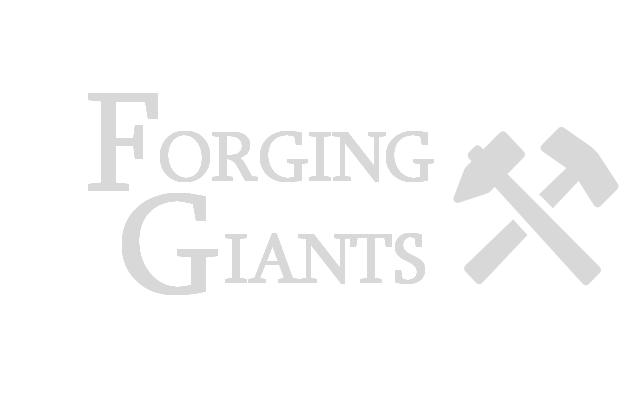
HISTORY UNBOUND
History Unbound is the learning framework that shapes my Grade 10 Canadian history course. History Unbound taps into the power of story to ignite student curiosity and engagement. There are two important pieces to this framework.
First, History Unbound is a course-long assignment in four parts. For each of the four parts of the course, students complete a History Unbound assignment, including both a guided rough work organizer, and a creative final product. History Unbound invites students to invest time into respectfully creating and exploring an identity for a dignified fictional character, and choose historical topics that are of personal interest to them that will form the experiences of their character. The History Unbound: Building Your Story organizer emphasizes the process of doing this work, and the historical thinking skills necessary to do it. The work done in the organizer then acts as the basis for the final product, where the character tells their own story. The character can tell their own story through a journal, correspondence letters, a podcast, a radio or television show, the lyrics of songs on an album, etc. This piece of historical fiction is the final product. The three keys to success for the assignment are found in the level of historical detail for each historical topic, the degree of historical analysis using historical thinking skills, and how well the character communicates their story.
Second, History Unbound goes beyond being just an assignment: it does, in fact, shape daily learning. The fictional character can be transformed, extended, used as a powerful resource in day-to-day classroom learning to build students’ understanding of Canadian history in breadth and depth. As we move through Canada’s story in our lessons, students can consider those historical topics and themes from their own character’s perspective; what is more, they can then also compare and contrast those perspectives with the perspectives of other students’ characters. Discussions and activities can come out of this, exploring what these similarities and differences in perspectives all means. When taken as a whole, this composite picture can create a more inclusive, diverse understanding of the Canadian experience that speaks to the Canadian identity. The possibilities for this framework are limitless.
ASSIGNMENT DOCUMENTS:
Click the buttons below to open the documents:
Student Examples:
A student chose the perspective of a carrier pigeon during WWI, that shared its unique experience through this scroll, which was one of three messages it carried
A student chose the perspectives of a soldier during WWI and his daughter back on the home front and created a series of correspondence letters between the two
A student created a series of documents related to their character that told the story of his life, and then layered another story on top of that where these stories were later found by a historian who made notes about what they read through the attached sticky notes - a story within a story, multiple layers of analysis
STUDENT EXAMPLES:
1
3
2
Just three of many incredible examples of students’ work more examples

